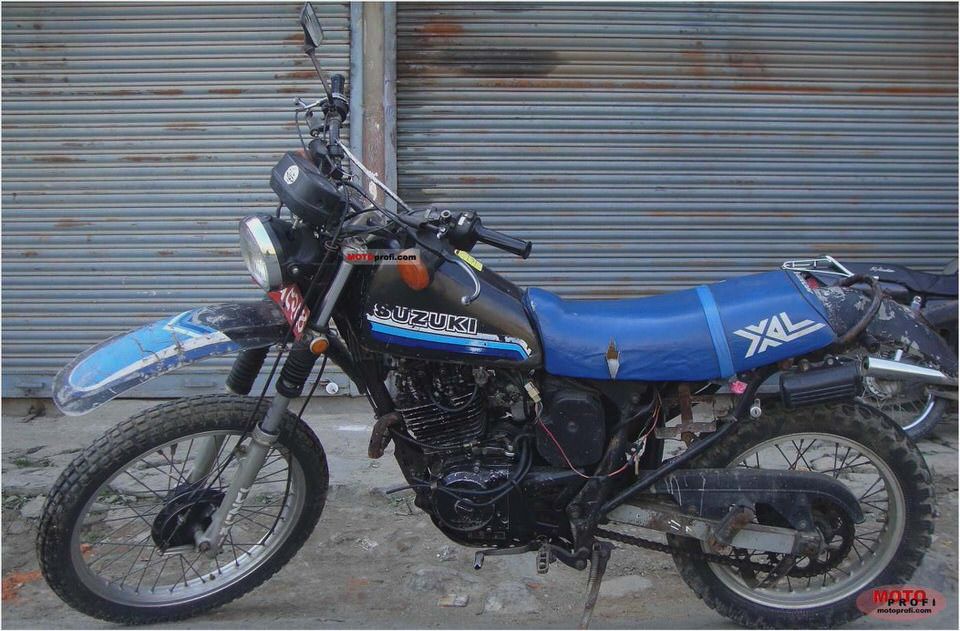
Suzuki Motocross History
On a trip to Japan, Olle swaps his RH68 for a works 50cc road racer.
Suzuki Motocross History part 1
Kasuo Kubo on the RH65.
J ust before the start of the 1970 Grand-Prix series for the world motocross championship, Suzuki team manager Ishikawa was asked if the 250cc Suzuki RH70 could take the title. “Without fail”, he answered.
It was a bold prediction but Ishikawa’s confidence was not misplaced. Very few machines have so completely dominated a motocross season like the RH70 did in 1970. By the end of June that year, after taking 7 of the first eight races, Suzuki had the Maker’s Cup clinched-this with 4 more Grand-Prix’s to go through September on the brutal European circuit.
Further, by season’s end, Joel Robert and Sylvain Geboers, two of the three-man Suzuki motocross team, had locked up the first and second positions in individual standings. Olle Pettersson added sixth place to cap an outstanding year.
Success stories are always impressive, but they usually involve many long steps before the realization of a dream. To really understand what goes into winning and more importantly, why Suzuki fielded the effort, we must look back to 1965 and ’66 when the firm made the first tentative steps into motocross and began development of the RH series motorcycle. Ultimate credit must go to the man who was really the father of motocross at Suzuki, Mr.
Okano, general manager of research and development; and the entire racing department headed by Mr. Ishikawa.
Motocross was a significant departure for Suzuki at that time. In the 1950’s and ‘60’s all the Suzuki competition effort had been concentrated on road racing, which has vastly different machine requirements from motocross. Initial impetus to go motocross racing came from Japanese enthusiasts, who were racing Suzuki’s in motocross, running stock bikes with homemade modifications until the competition arrived with specially designed machines.
At the urging of some influential racers, Suzuki began development of a single purpose machine in 1965. The first effort was a complete failure. In fact, the first bike was as far off as the RH70 of 1970 was right on.
The RH66 and RH67 of those years were primarily development bikes. When Suzuki committed to investigate the European motocross scene in 1967, they sent their top rider, Kasuo Kubo, (who won the inaugural All Japan Motocross) a pair of RH67 bikes, and team manager Ishikawa off to the races. Ishikawa, it should be noted, was no novice to racing; he had been a European road race manager.
And he had an excellent technical background including a Masters degree in mechanical engineering from Michigan State.
Ishikawa knew that they would need a top rider that was dependable and always finished at or near the top 4 or 5 places. He also understood that the rider had to be very analytical, with the ability to ride fast enough to determine the motorcycles short comings, and the mechanical knowledge to pinpoint necessary changes. After attempts to sign Torsten Hallman had failed due to prior contractual obligations, Suzuki signed Sweden’s Olle Pettersson, and he was to become a vital link in the RH development chain.
In 1967, Pettersson was 30 years old, considered past his prime by some but well respected and he understood motocross machinery better than most. That winter Pettersson was invited to the Suzuki factory at Hamamatsu to try the RH68. As he tells it, he went purely on speculation; there was no contract for the coming season.
A possible deal to ride for the factory depended on whether he liked the machine. He took 10 long days and examined and tested the machine from every angle-then he gave his report. His first suggestion: “Redesign it.” The basic model had to be changed, he said.
It was a very short bike bike because the Japanese riders tend to be smaller than the Europeans; and a short wheelbase bike is was more suited to the typical Japanese course at the time, rather than the European GP tracks that Olle was used to.
Pettersson had exact recommendations for changes; he’d found that the engine was too far forward for optimum weight distribution; he wanted the foot pegs moved further back, a slightly longer swing arm, a new steering head angle, and a different frame configuration. All were changes that would take time to accomplish.
He returned home with a new contract and to prepare for the GP season, awaiting the new bike but fully expecting that it would be impossible for all his requested changes to be made in the time remaining before the start of the series. “In less than a month,” he said, “I had the new RH68, and I was astounded because they had done everything: stretched the frame, changed the swingarm to the length I wanted, moved the engine back, altered the steering head, changed the fork damping plus other minor alterations. “We were ready to go racing.”
According to Pettersson, the only real problem they found after the season began was the air cleaner. The air box that housed the filter was in a position where mud thrown from the chain would plug the filter. “We’d start out in a muddy race, running well, and the engine would starve,” he said. “It was easy to modify, the important thing, I think, is that the chassis was basically correct.”
Pettersson rode the first half of 1968 with such unusual success (beginning with a win in the first heat he entered) that he appeared destined to finish among the first three in world standings. He was doing better than anyone had hoped on a development bike. Meanwhile back at the factory, things were humming.
Suzuki’s racing department was already preparing for the next year. They already had an advanced version of the RH68, the RH69, and Pettersson was to test it in Poland in mid-July.
Then disaster struck. On July 7 th. riding in a Swedish National event, Pettersson broke his thigh. “It was an unfortunate time to get hurt”, he said. “I was in the hospital two weeks, in plaster three months, and then I had to have a skin graft. I was out of racing for eight months.”
To Suzuki’s credit they kept faith in Pettersson. There was, after all, much at stake, and Pettersson knew more about the competition potential of the RH than anyone else. In March, he began some small races in Belgium.
He was back in business and so was the RH69, a little behind schedule but racing.
The new machine was good. Most of the changes made by the Suzuki engineers had to do with the engine, following a trend suggested after Pettersson’s initial testing in Japan. At that time he noted that the rated 30 hp at 6500 rpm was more power than the bike really needed.
Furthermore it was too peaky, and much power was wasted in useless wheel spin.
The RH69 was rated at 30 hp at 7000, not much different on paper than before but the effective difference was felt on the track. The engineers had changed the cylinder ports and exhaust pipe shape combinations and the result was that they held the peak power but they created a much wider power band than the 1968 model. Much time and effort was made in altering the compression ratio, ignition timing, carburetion, port timing and exhaust dimensions to achieve this.
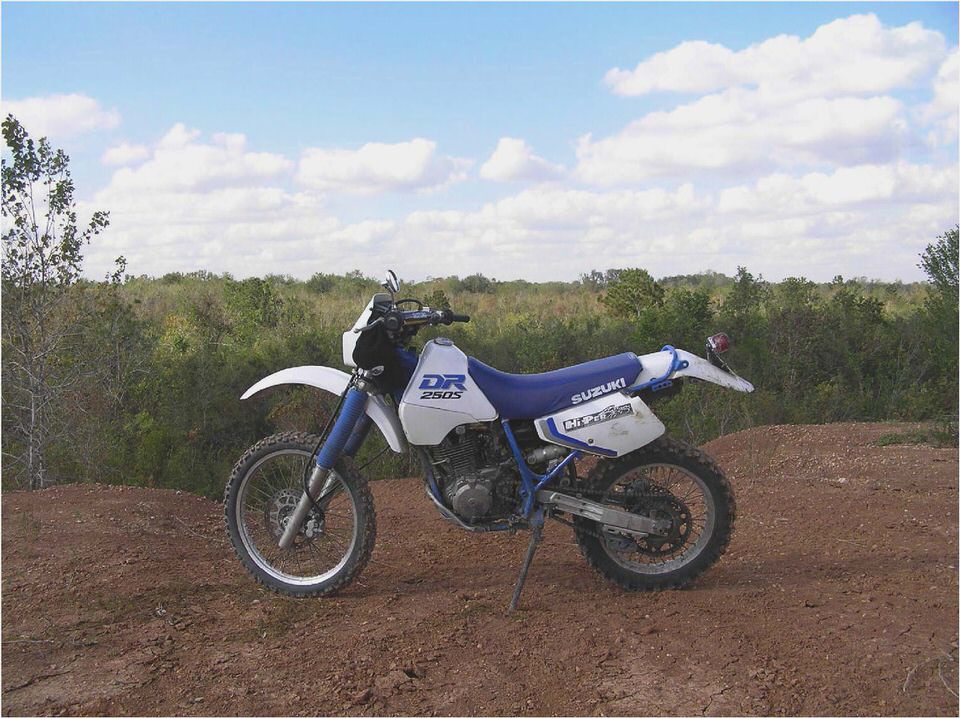
One lesson learned and applied was a change in bore and stroke between the RH67 and 68 models, from 66 x 73mm to 70 x 64mm. The result of going to a shorter stroke was to give a higher rpm peak power and this formed a better base to achieve a wider power band.
Along the way and to Suzuki’s credit, they concentrated on reducing the weight of the bike. This was a priority and the RH69 was now down to an astounding 187 lbs, by far the lightest machine on the GP circuit. Some 24 pounds had been lopped of the RH68, while the RH67 at 235 pounds, had been by comparison a real heavyweight.
Pettersson knew that in the RH69 he had his dream machine. In spite of a still tender leg, he finished third place in the 1969 World Championship standings. The development time was complete and it was now time for Suzuki to mount their all-out effort.
In January 1970 they invited Joel Robert and Sylvain Geboers to Japan to try out the brand new RH70. The two GP stars had nothing but praise for the light weight, precise handling, good power band and excellent peak power of the bike. They liked the way the engine ran vibration free right up to the 7000 rpm maximum. The steady throttle response, without unwanted power bursts in the rev band, made the bike tractable.
One of the first things Joel commented on was how the light weight of the bike reduced rider fatigue and how easy it was to control. Both Joel and Sylvain believed that the bike was so much better than anything else they had ridden, that they would easily win the World Championship.
Technically, the RH70 was similar to the RH69 in that the frames both weighed about 16 lbs. Swing arms were constructed from aluminum. The front forks were similar to Ceriani’s and had 6.5 inches of travel. The rear shocks were very light and had superior damping qualities but had to be changed often. Both bikes used full width hubs using single leading brake shoes.
The RH70 used up dated poly propylene fenders where as the RH69 used aluminum. The engines made considerable use of sand castings because of it’s limited production for the factory race team only. Much weight was saved in the engine through the use of magnesium components.
The transmission was a five speed and the clutch was a wet six plate design.
The RH70 was the result of constant small changes which added up to a beautifully integrated racing unit. In 1969, Pettersson got a dramatic example of the magnitude of the changes when he rode the original bike offered him by Suzuki. He said he could scarcely believe the difference that a few seasons had brought.
Even he had not realized the overall difference that had taken place between the preliminary and final design until he rode the early bike and compared it to the RH70.
The RH68 parked in the Swedish snow.
With spikes in the tires, Olle tests the RH68 in the Winter.
Somewhere in Europe. Suzuki had a lot of faith in Olle’s ability to develop their motocross bike.
Victory on the RH69 in Sweden.
Check out the stinger on Olle’s RH69.
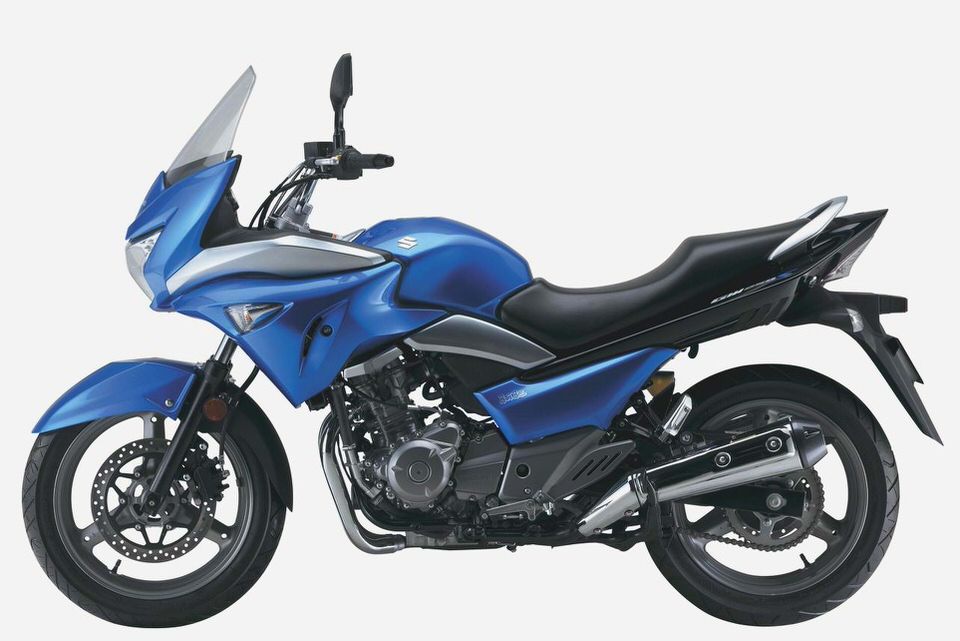
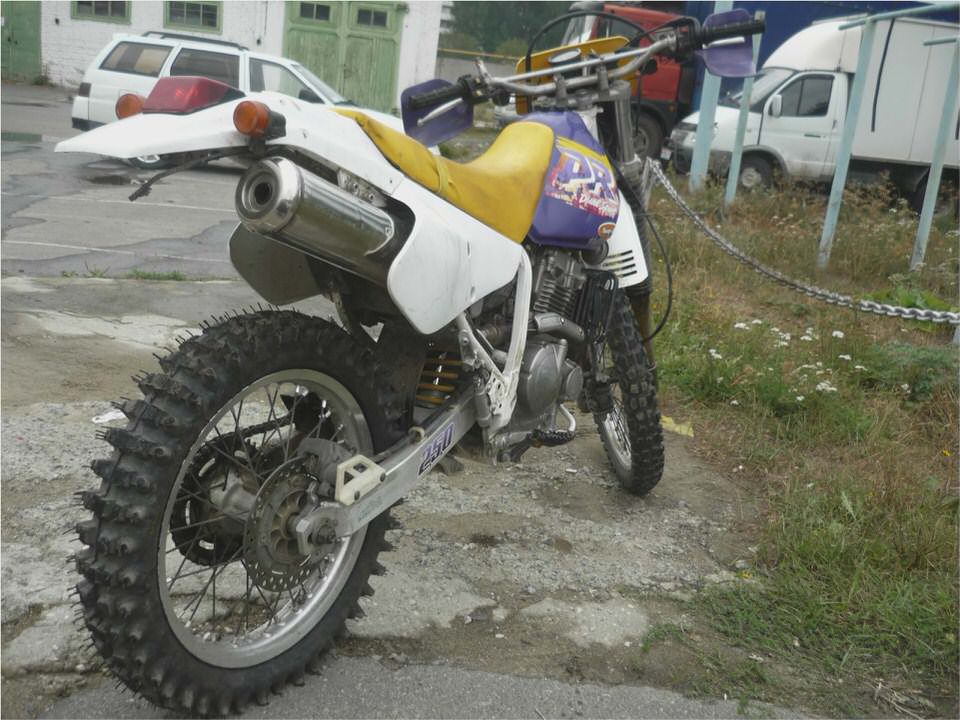
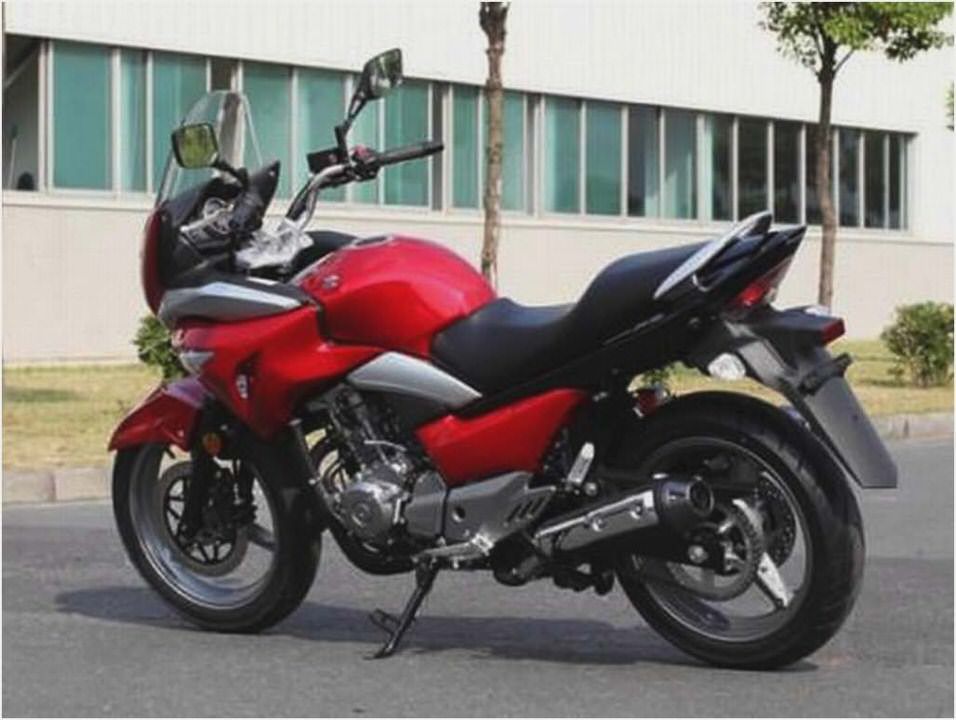
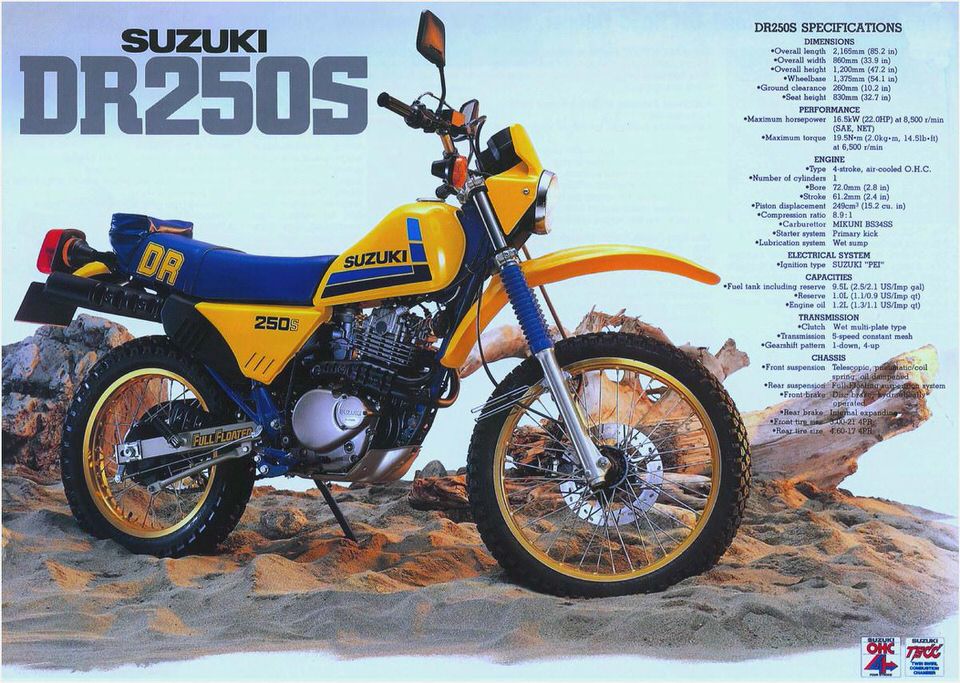

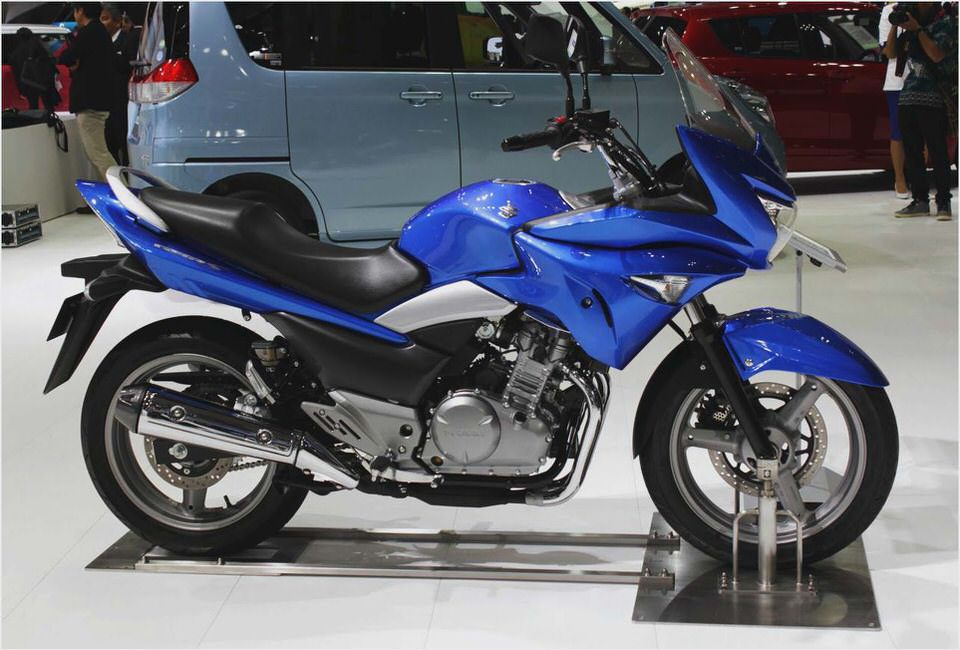
- 2013 Husqvarna Nuda 900R Specs and Review – luweh.com
- Industry Insider: Big E – vurbmoto – Motocross & Supercross Media
- Used Suzuki Engines > Suzuki Gas/Diesel Engines & Motors (Buy Cheap)
- 2014 Suzuki RM-Z250 motorcycle review @ Top Speed
- 2009 Suzuki TU 250 – Used 2009 TU 250 at Motorcyclist Magazine
